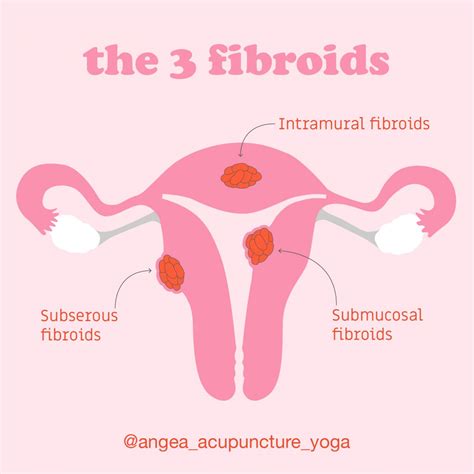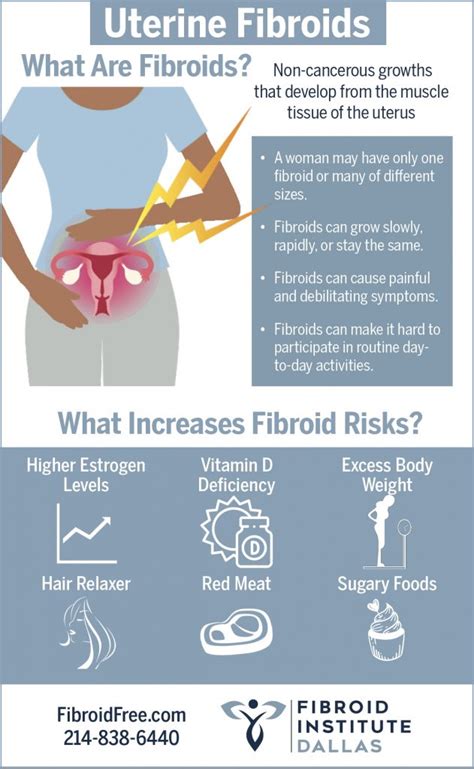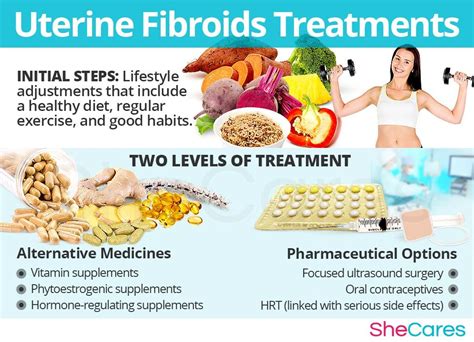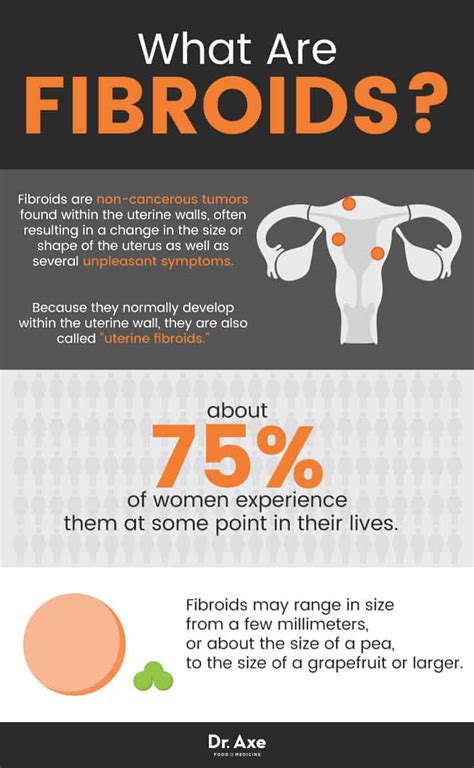Intro
Discover what is a fibroid, a common uterine growth affecting women, and learn about symptoms, types, and treatment options for uterine fibroids, including leiomyomas and myomas.
Uterine fibroids, also known as leiomyomas, are non-cancerous growths that develop in or around the uterus. These growths are composed of smooth muscle cells and fibrous tissue, and they can vary in size, number, and location. Fibroids are a common health issue affecting millions of women worldwide, particularly those of reproductive age. According to the National Institutes of Health (NIH), up to 80% of women will develop fibroids by the age of 50. Despite their prevalence, fibroids often go undiagnosed, and their symptoms can be mistaken for other health issues.
The importance of understanding fibroids lies in their potential to cause significant discomfort, disrupt daily life, and impact fertility. Women with fibroids may experience a range of symptoms, including heavy menstrual bleeding, prolonged periods, pelvic pain, and pressure on the bladder or bowel. In some cases, fibroids can lead to infertility, miscarriage, or premature labor. Furthermore, the emotional and psychological impact of living with fibroids should not be underestimated. Women may feel anxious, embarrassed, or isolated due to their symptoms, highlighting the need for greater awareness and support.
The topic of fibroids is complex and multifaceted, requiring a comprehensive approach to understand its causes, symptoms, diagnosis, treatment options, and management strategies. By exploring the various aspects of fibroids, women can empower themselves with knowledge, take control of their health, and make informed decisions about their care. This article aims to provide a detailed and informative guide on fibroids, covering their definition, types, symptoms, diagnosis, treatment options, and management strategies. Whether you are experiencing symptoms, seeking a diagnosis, or exploring treatment options, this article will provide you with the information and insights you need to navigate the world of fibroids.
What Are The Types Of Fibroids

Understanding the type of fibroid is essential for determining the best course of treatment. For example, submucosal fibroids may require surgical removal, while intramural fibroids may be managed with medication or lifestyle changes.
Causes And Risk Factors Of Fibroids
The exact causes of fibroids are still not fully understood, but several factors are thought to contribute to their development. These include: * Hormonal influences: Estrogen and progesterone can stimulate fibroid growth. * Genetic predisposition: Women with a family history of fibroids are more likely to develop them. * Age: Fibroids are more common in women over 30. * Obesity: Excess weight can increase the risk of developing fibroids. * Diet: A diet high in red meat and low in fruits and vegetables may increase the risk.Identifying the underlying causes and risk factors can help women take preventative measures and make informed lifestyle choices to reduce their risk of developing fibroids.
Symptoms Of Fibroids

Some women may experience no symptoms at all, while others may have severe symptoms that disrupt their daily life. It is essential to seek medical attention if symptoms persist or worsen over time.
Diagnosis Of Fibroids
Diagnosing fibroids typically involves a combination of physical examination, medical history, and imaging tests. The most common diagnostic tests include: * Pelvic exam: A healthcare provider will perform a manual exam to feel for any abnormalities. * Ultrasound: This imaging test uses sound waves to create images of the uterus and detect fibroids. * MRI: Magnetic resonance imaging can provide detailed images of the uterus and fibroids. * Hysteroscopy: A thin tube with a camera is inserted through the cervix to visualize the uterine cavity.Accurate diagnosis is crucial for determining the best course of treatment and developing a personalized management plan.
Treatment Options For Fibroids

It is essential to discuss the pros and cons of each treatment option with a healthcare provider to determine the best course of action.
Management Strategies For Fibroids
Managing fibroids requires a comprehensive approach that incorporates lifestyle changes, stress management, and self-care. Some effective management strategies include: * Dietary changes: Increasing fruits, vegetables, and whole grains, while reducing red meat and processed foods. * Exercise: Regular physical activity to reduce stress and improve overall health. * Stress management: Techniques such as meditation, yoga, or deep breathing exercises. * Self-care: Prioritizing rest, relaxation, and activities that bring joy and fulfillment.By incorporating these management strategies into daily life, women can reduce their symptoms, improve their overall health, and enhance their quality of life.
Living With Fibroids

By taking an active role in their health and well-being, women can navigate the complexities of fibroids and live a fulfilling life.
Future Directions In Fibroid Research
Research on fibroids is ongoing, with scientists exploring new treatments, diagnostic tools, and management strategies. Some promising areas of research include: * Gene therapy: Targeting specific genes that contribute to fibroid growth. * Stem cell therapy: Using stem cells to repair or replace damaged uterine tissue. * Personalized medicine: Developing tailored treatment plans based on individual genetic profiles. * Alternative therapies: Investigating the effectiveness of alternative therapies, such as acupuncture or herbal supplements.As research advances, women can expect more effective treatments, improved diagnostic tools, and enhanced management strategies for fibroids.
What are the symptoms of fibroids?
+Common symptoms of fibroids include heavy menstrual bleeding, prolonged periods, pelvic pain or pressure, bloating or swelling, frequent urination, and constipation.
How are fibroids diagnosed?
+Fibroids are typically diagnosed through a combination of physical examination, medical history, and imaging tests, such as ultrasound, MRI, or hysteroscopy.
What are the treatment options for fibroids?
+Treatment options for fibroids depend on the size, location, and number of fibroids, as well as the woman's overall health and reproductive goals, and may include watchful waiting, medication, surgery, minimally invasive procedures, or alternative therapies.
Can fibroids be prevented?
+While there is no guaranteed way to prevent fibroids, maintaining a healthy lifestyle, including a balanced diet, regular exercise, and stress management, may help reduce the risk of developing fibroids.
How can I manage my fibroid symptoms?
+Managing fibroid symptoms can be achieved through a combination of lifestyle changes, stress management, and self-care, including dietary changes, exercise, stress management techniques, and prioritizing rest and relaxation.
We hope this article has provided you with a comprehensive understanding of fibroids, their symptoms, diagnosis, treatment options, and management strategies. If you have any further questions or concerns, please do not hesitate to reach out to your healthcare provider or a support group. Remember, you are not alone in your journey with fibroids, and there are many resources available to help you navigate this challenging condition. Take control of your health, prioritize your well-being, and empower yourself with knowledge to live a fulfilling life with fibroids. Share this article with your loved ones, and let's work together to raise awareness and support for women living with fibroids.
